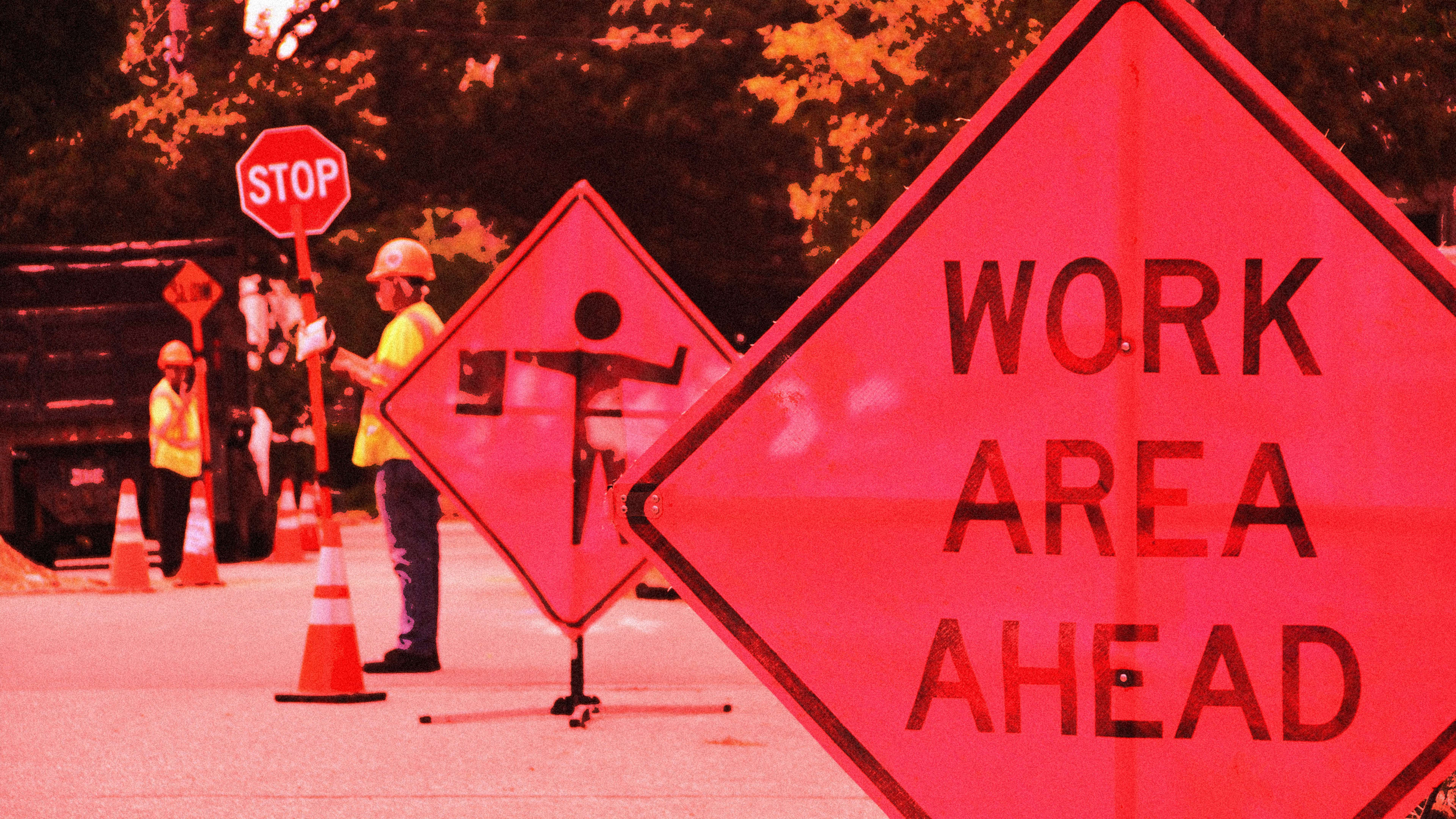When a cargo ship crashed into Baltimore’s Francis Scott Key Bridge late last month, an overnight construction crew was hard at work repairing potholes on the roadway. The resulting collapse killed six of the eight workers. We now know that all six men were immigrants from Guatemala, El Salvador, Honduras, and Mexico.
The tragedy has drawn renewed attention to the dangers many immigrant workers face while on the job. During the past few months alone, the deaths of dozens of workers—many of them immigrants and people of color—have made headlines across the country. Earlier this year, two men from Guatemala were among three workers killed when a steel airplane hangar collapsed. In February, another man from Guatemala died after falling from a New Jersey building under construction.
Shockingly, the number of job-related deaths is increasing. According to a largely overlooked report recently released by the Bureau of Labor Statistics, fatal occupational injuries are up by 5.6% overall. That means that in 2022, a worker died every 96 minutes from a job-related injury.
With dozens of states and cities recently increasing minimum wages for about 10 million workers and much of the country enjoying historically low unemployment, the workforce would seem to be in particularly promising shape. But behind such welcome developments lurk dangerous inequities that remind us that the United States still has a long way to go when it comes to ensuring all jobs offer a living wage and fundamental protections.
According to the BLS report, the most dangerous jobs happen to be those that feed us, allow us to travel, and provide us with shelter and infrastructure. They are the jobs we all depend on to keep our economy and families running. Yet, as was laid bare during the pandemic, too often it’s our most critical jobs and workers who experience the lowest standards of quality. These roles are also disproportionately filled by Black and Hispanic workers—whose fatality rates increased 12.4% and 10.4%, respectively, over the previous year.
This is no coincidence. Inequitable education and workforce systems have contributed to a system of occupational segregation that has relegated many Black and Hispanic workers to jobs that not only offer little opportunity for economic mobility but also are within the workforce’s most dangerous industries, such as transportation and construction. Improving the well-being of these workers requires addressing the biases in training, education, and hiring that lead to occupational segregation but also creating safer working environments across every single industry and occupation.
Companies, policymakers, and regulators can start by empowering workers to report safety concerns without fear of retaliation. One recent survey found that just 44% of workers believe their workplace culture promotes speaking up about their safety concerns. Establishing mechanisms for anonymous reporting and encouraging participation in safety committees can go a long way in centering worker voices.
Just as essential: ensuring employees have equitable access to personal protective equipment, healthcare services, and safety training, regardless of race, ethnicity—or age. Workers ages 55 to 64 experience the highest number of fatalities, according to the recent BLS report. As the workforce continues to age and more people than ever before are working post-retirement, employers must acknowledge the ways that this group is at increased risk of injury and pay special attention to their safety.
Improving the safety of these jobs isn’t just about equipment and heavy machinery. The workplace is also where many challenges that Americans face in their personal lives show up and impact productivity and safety. Prioritizing worker well-being means addressing underlying mental health challenges as well. Unintentional overdoses while on the job, for instance, have increased 13.1%, leading to 525 fatalities in 2022.
Companies can include mental health and substance abuse prevention components in workplace safety training programs, as well as training and education on mental health awareness, stress management, and recognizing signs of distress. Peer support programs can facilitate connections and emotional support among employees, while partnerships with local community organizations can expand access to mental health resources. Meanwhile, creating greater flexibility in work arrangements and following fair scheduling practices would reduce stress among workers and better accommodate their mental health needs.
At first glance, the resilient state of the U.S. labor force seems like reason enough to rejoice. But it is hard to celebrate growing employment rates when so many of the workers swelling those ranks are at risk of dying on the job. The tragic bridge collapse and the recent rise in worker fatalities are a stark and painful reminder that job quality is not only a matter of higher wages or lower unemployment. It is a matter of life and death.
Michael Collins is vice president of the Center for Racial Economic Equity at Jobs for the Future, which focuses on transforming the practices of educational institutions, workforce organizations, and other stakeholders to increase economic opportunity for people facing systemic barriers.
Tameshia Bridges Mansfield is vice president of the Workforce & Regional Economies practice at JFF, focused on advancing transformative and equitable systems in workforce and economic development.
Recognize your brand’s excellence by applying to this year’s Brands That Matter Awards before the early-rate deadline, May 3.
